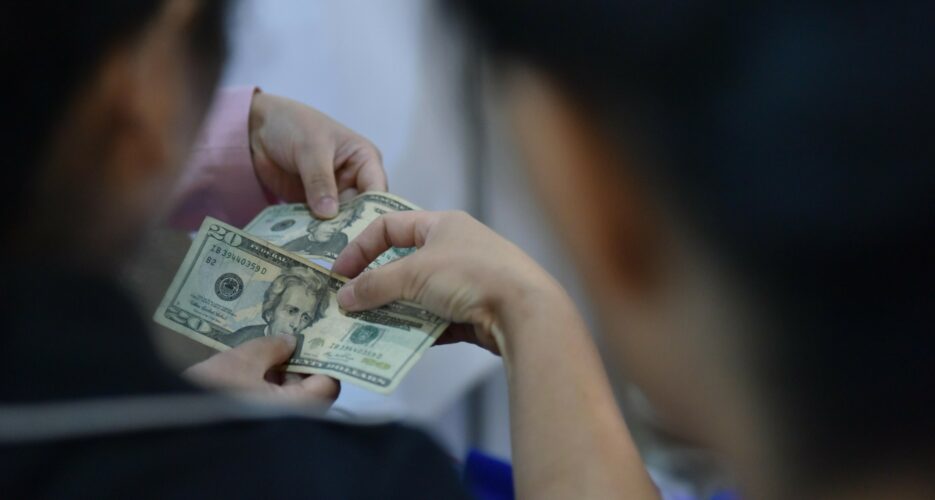About the Author
Peter Ward
Peter Ward is a research fellow at the Sejong Institute. His work focuses on North Korean politics, the economy and society. He has a Ph.D. from the University of Vienna.

Get behind the headlines
|
Analysis New book confirms radical changes to North Korean foreign exchange rate systemRecently-released publication offers a rare window into the world of the DPRK monetary policy  A new North Korean publication has confirmed what has been evident and rumored for some time: that markets are integral to the country’s official exchange rates. In any other country this would be the first sentence in a beginner's textbook on foreign currency markets, but in the DPRK, this marks a major admission of the central role that markets play in North Korean life. © Korea Risk Group. All rights reserved. |